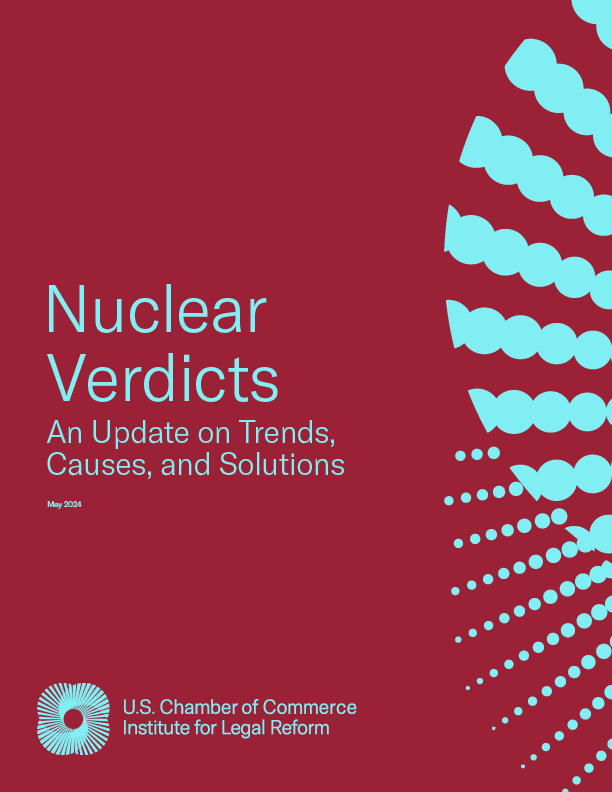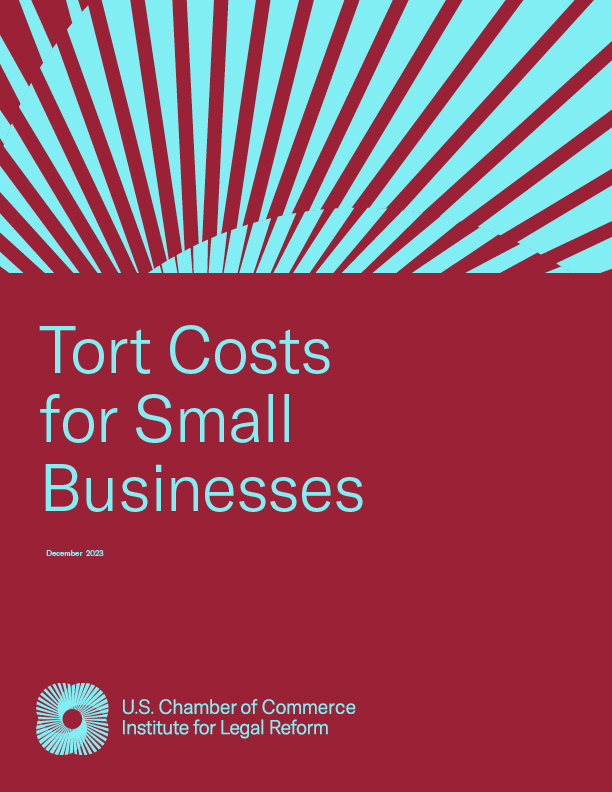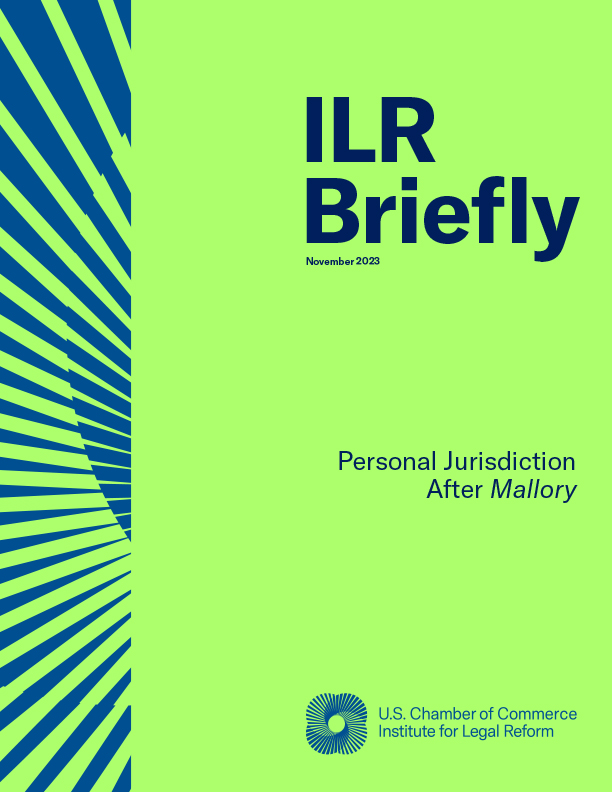“[T]he American civil justice system is indeed different, and the idea of discovery is a fairly novel one. [Discovery] came…with the 1938 experiment in revising the rules of [civil] procedure. It was an experiment when the civil rules were adopted… which still hasn’t been revisited.1”
Since its inception in 1938, pre-trial discovery has proven to be one of the most divisive and nettlesome issues in civil litigation in the United States. Discovery was designed to prevent trials by ambush and to ensure just adjudications, but it has fallen well short of these laudable goals.2 Instead, a broad consensus has emerged that the pre-trial discovery process is badly dysfunctional, with litigants utilizing discovery excessively and, all too often, abusively.3 Plaintiffs’ attorneys routinely burden defendants with costly discovery requests and engage in open-ended “fishing expeditions” in the hopes of coercing a quick settlement. As a result, discovery has become the focus of litigation, rather than a mere step in the adjudication process.4 By some estimates, discovery costs now comprise between 50 and 90 percent of the total costs of adjudicating a case.5 Discovery abuse also represents one of the principal causes of delay and congestion in the judicial system.6 These problems have led to perennial calls for discovery reform7 and resulted in amendments to the Federal Rules in 1980, 1983, 1993, 2000 and 2006.8 Anxiety over abusive discovery practices has also led many federal and state courts to experiment with local reforms. But such efforts have been largely unsuccessful in combating discovery abuse.
1 Symposium, Controversies Surrounding Discovery and Its Effect on the Courts, Roscoe Pound Institute Conference, 33 (Summer 1999) (remarks of Honorable Paul V.Niemeyer, Chair of the Advisory Committee on Federal Civil Rules of Civil Procedure), available at http://www.roscoepound.org/docs/papers99.pdf.
2 Drafters of the initial Federal Rules of Civil Procedure believed that the discovery process would not only encourage parties to settle, but also assist litigants to reach a just outcome by making all relevant evidence available to both sides. See Wayne.D. Brazil, The Adversary Character of Civil Discovery: A Critique of Proposals for Change, 30 VAND. L.REV. 1295, 1301-03 (1978);William W. Schwarzer, The Federal Rules, The Adversary Process, and Discovery Reform, 50 U. PITT. L.REV. 701, 703 (1989).
3 Griffin D. Bell et al., Automatic Disclosure in Discovery—The Rush to Reform, GA. L.REV. 1, 2 (1992) (“Scholars, litigators, judges and, more recently, even politicians have joined in unusual consensus to urge that reform of the discovery process is needed.”).
4 Id. at 11.
5 Federal Judicial Center,T.Willging, J. Shapard, D. Stienstra, & D. Milfich, Discovery and Disclosure Practice, Problems, and Proposals for Change: A Case-based National Survey of Counsel in Closed Federal Civil Cases, 15 (Table 4) (1997); see also HR Conf. Rep. No. 204-369, at 37 (1995) (stating that “discovery cost accounts for roughly 80 percent of total litigation costs in securities fraud cases”) (citations omitted); THE THIRD BRANCH: NEWSLETTER OF THE FEDERAL COURTS, Vol. 31, No. 10, October 1999 (“Discovery represents 50 percent of the litigation costs in the average case and up to 90 percent of the litigation costs in cases in which it is actively used.”), available at http://www.uscourts.gov/ttb/oct99ttb/october1999.html.
6 Louis Harris and Associates, Inc., Judges’ Opinions on Procedural Issues: A Survey of State and Federal Trial Judges Who Spend at Least Half Their Time on General Civil Cases, Study No. 874017 (October – December 1987) (on file with author) (poll of 200 federal and 800 state judges finding that many judges believed that discovery abuse accounts for “most of the delays and excessive costs in litigation”).
7 The growing call for discovery reform was addressed at the 1976 Roscoe Pound Conference, convened at the request of Chief Justice Warren E. Burger to assess growing problems in litigation.The Conference’s final report observed that “[w]ild fishing expeditions . . . seem to be the norm,” and lamented the “[u]necessary intrusions into the privacy of the individual, high costs to the litigants, and correspondingly unfair use of the discovery process as a lever toward settlement” that had come to characterize the American legal system. See William H. Erickson, The Pound Conference Recommendations: A Blueprint for the Justice System in the Twenty-First Century, 76 F.R.D. 277, 288 (1978).Two years later, in 1978, the Advisory Committee for the FederalRules of Civil Procedure discussed “refining” the scope of discovery in civil litigation. See Fed.R. Civ. P. 26 Advisory Committee’s note.
8 Fed. R. Civ. P. 26.
View PDF


